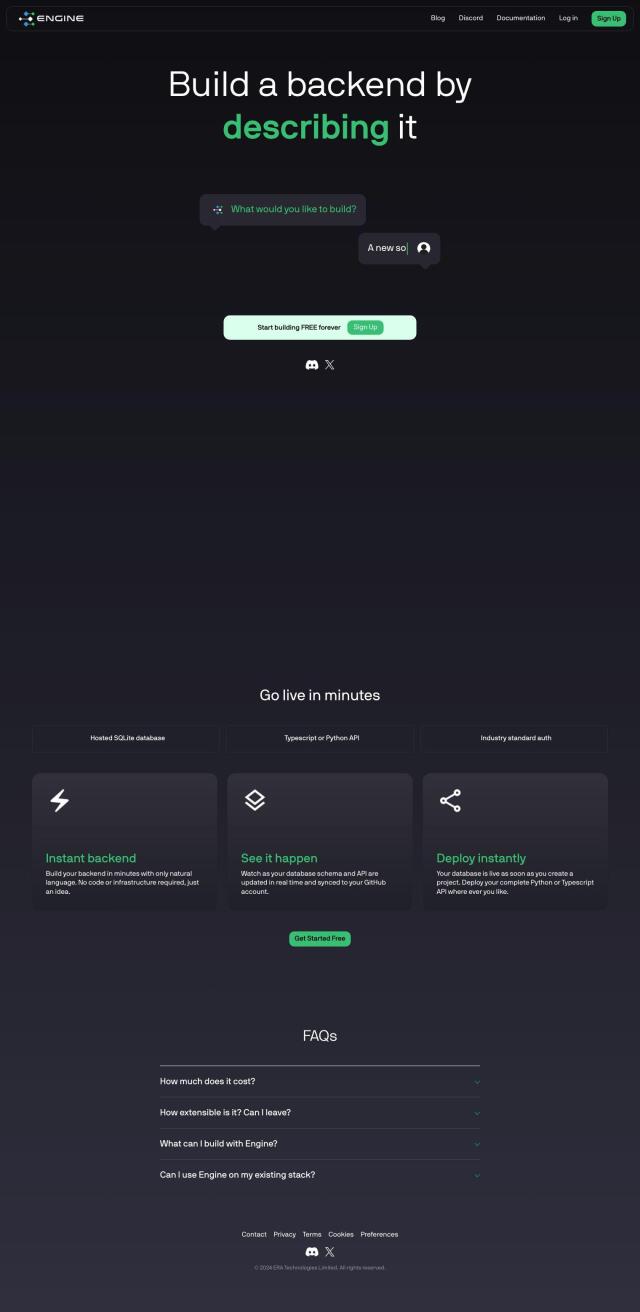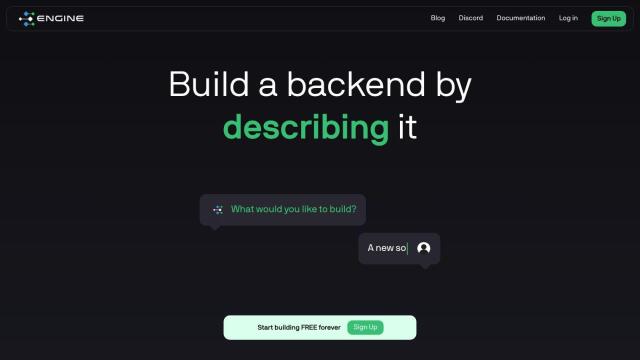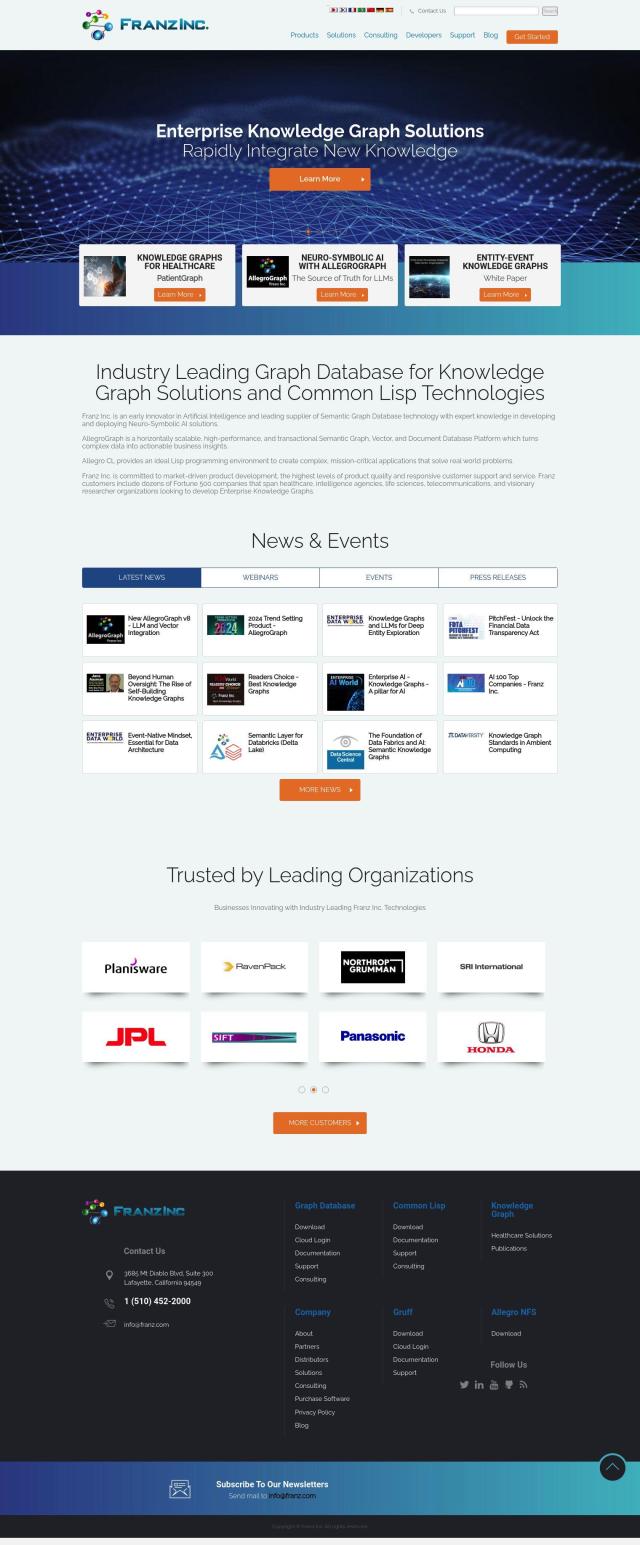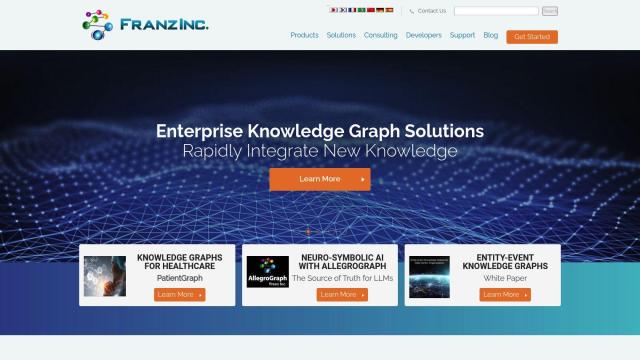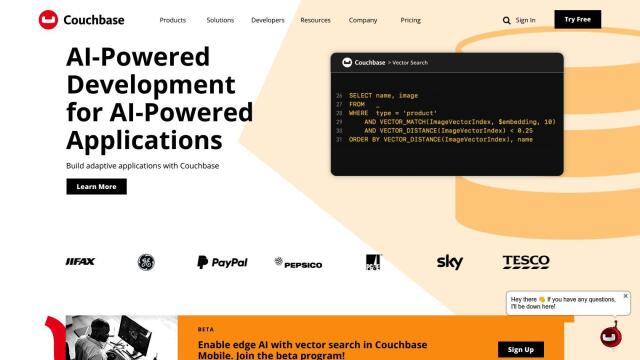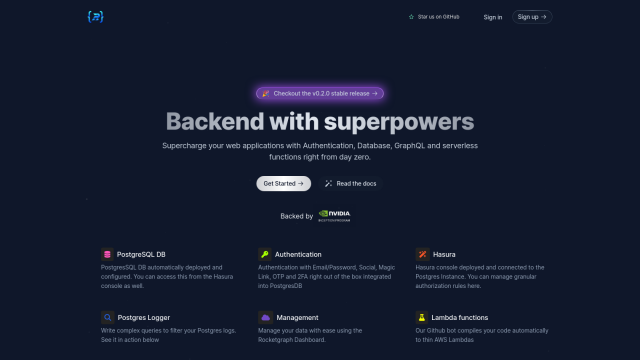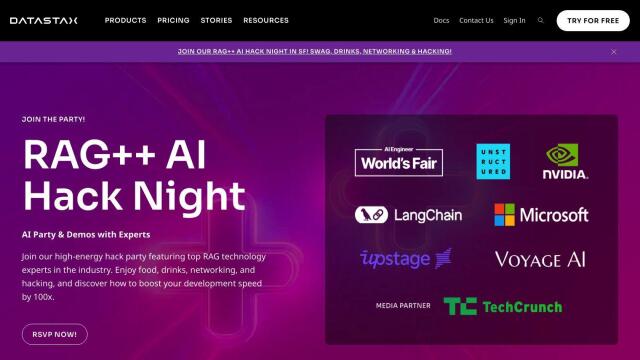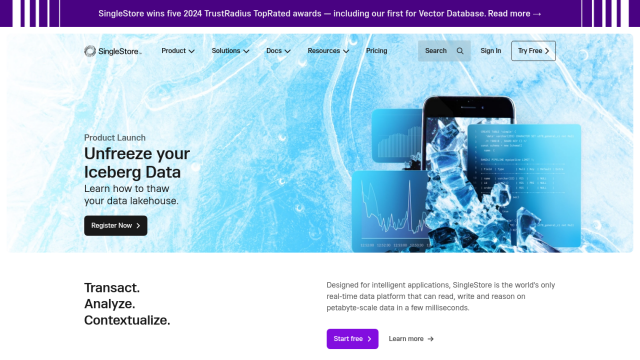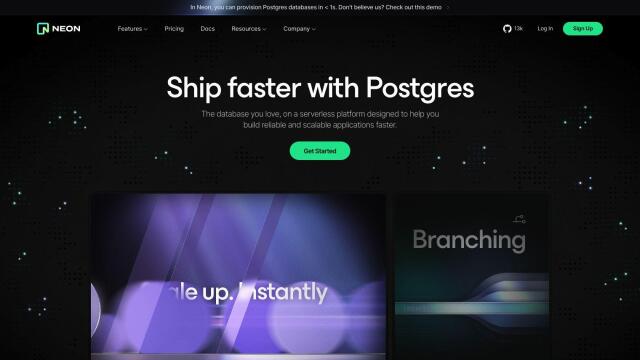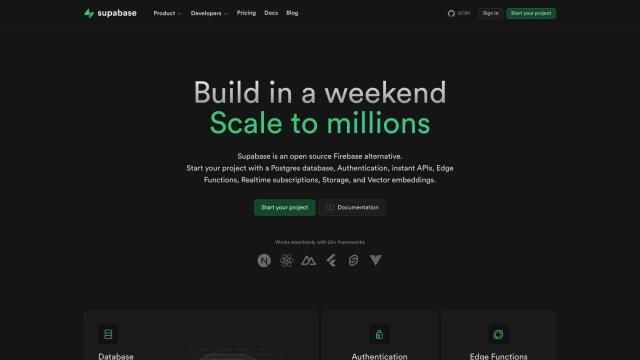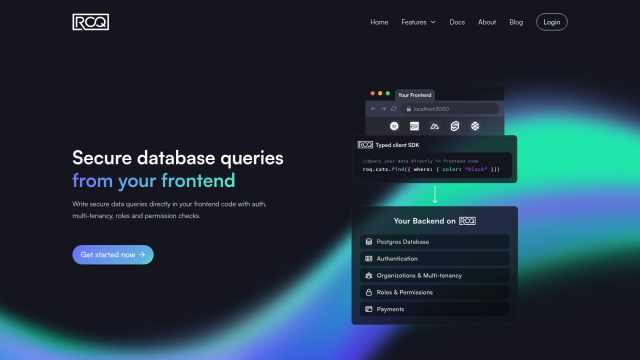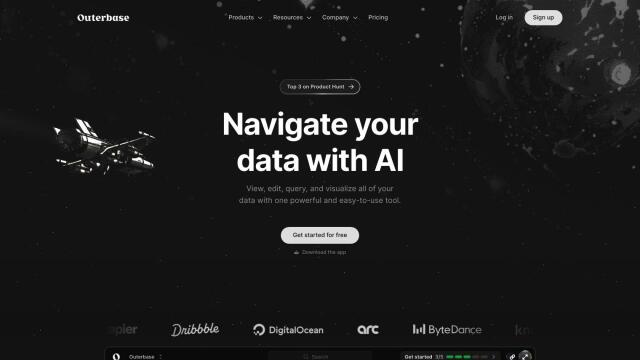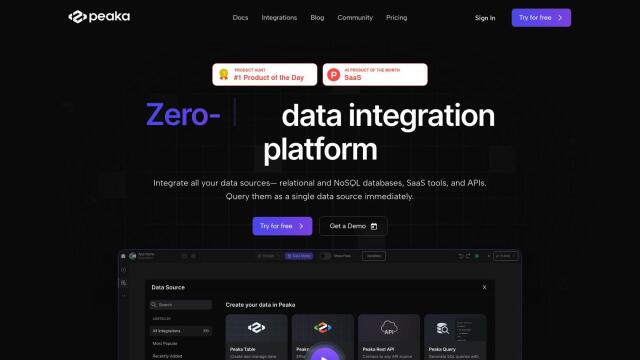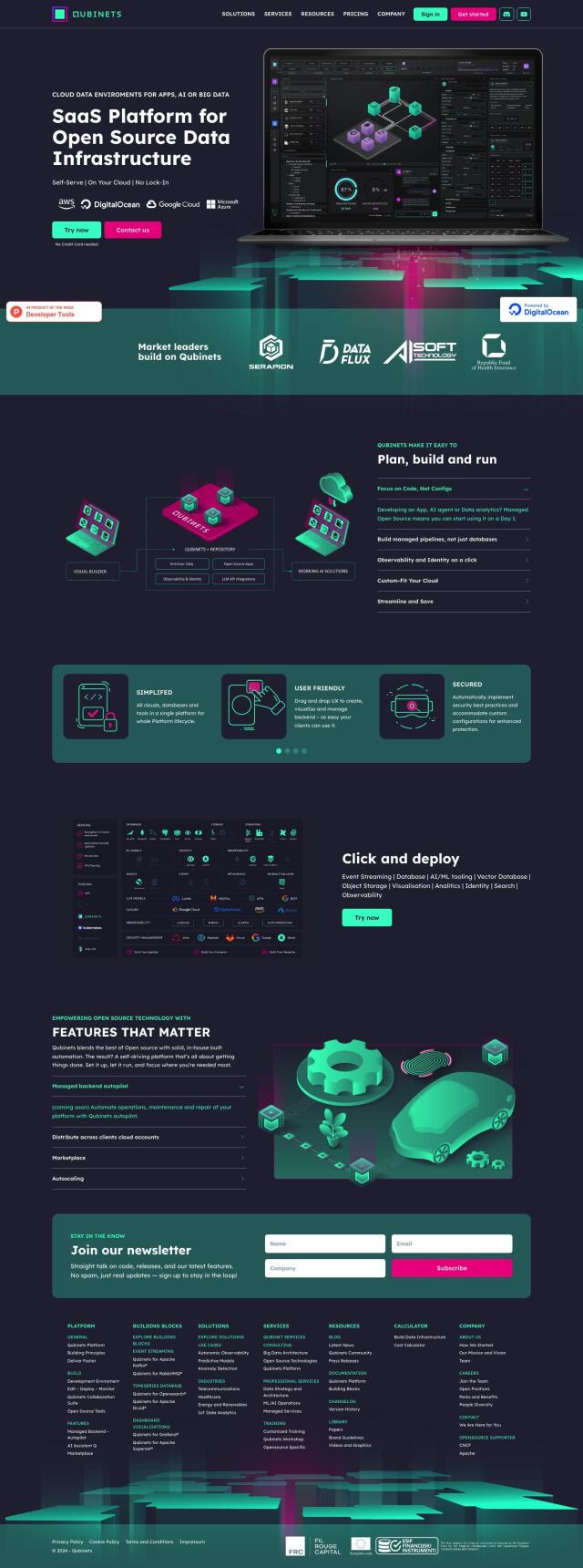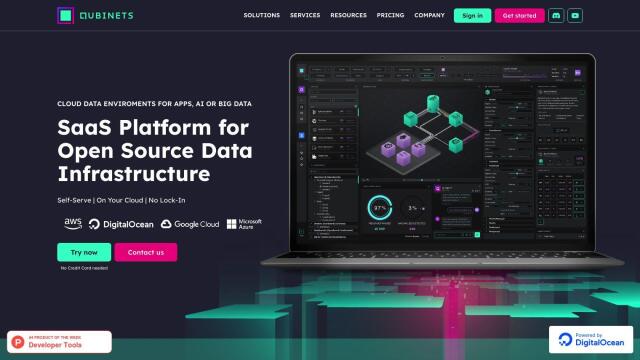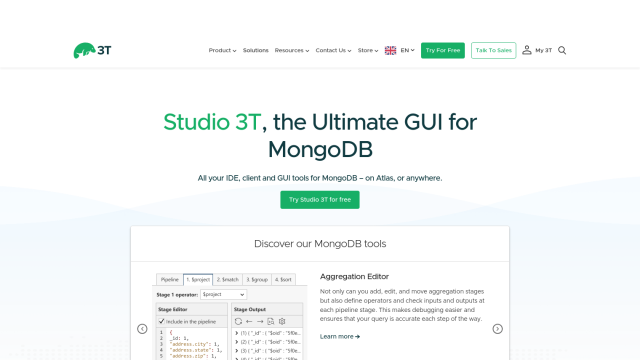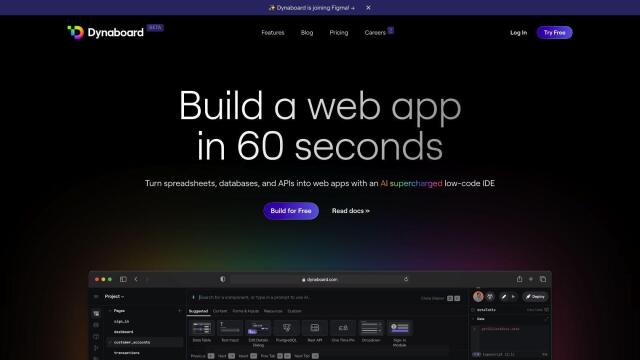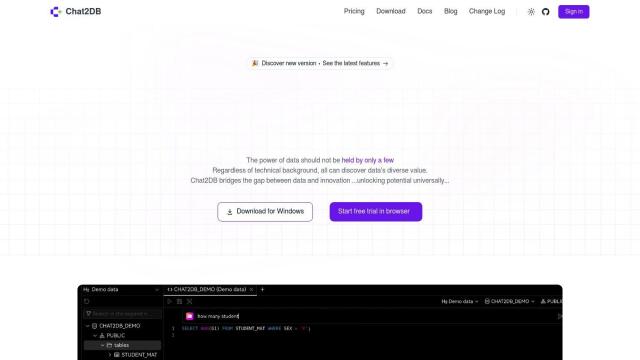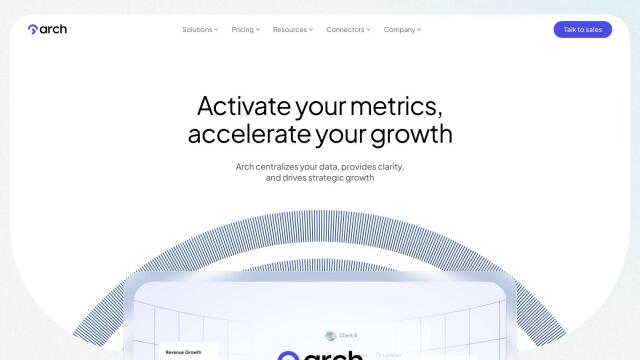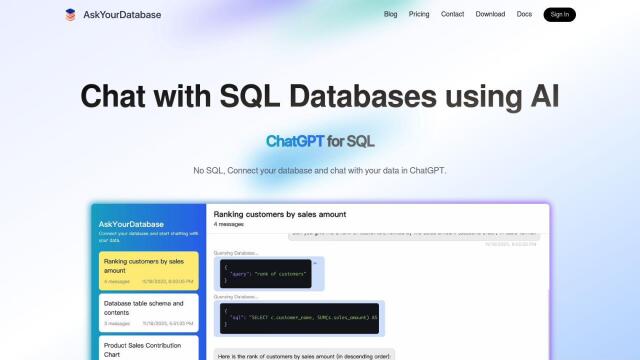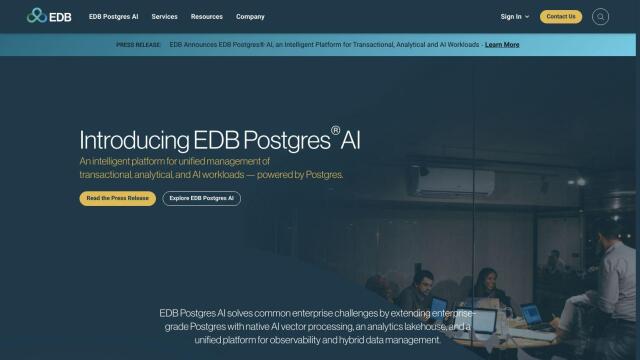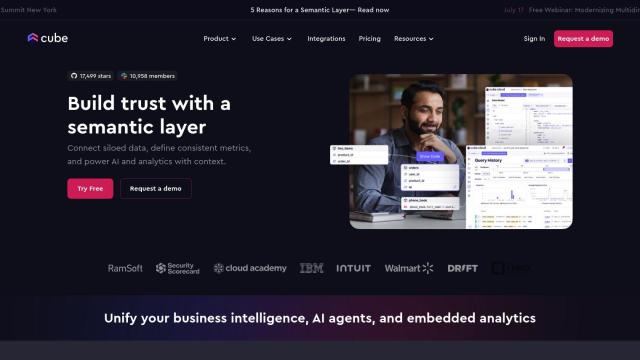Question: Is there a graph database that allows me to define a single schema and deploy it to get immediate access to the database and API?

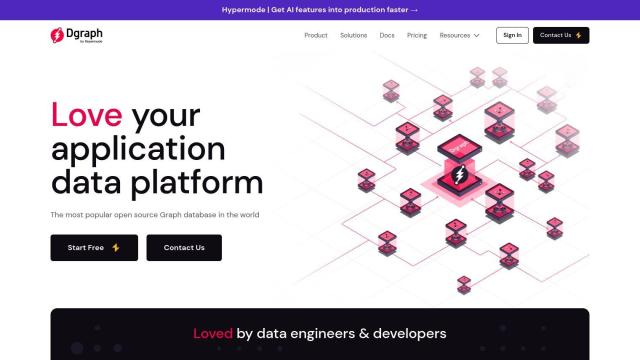
Dgraph
If you're looking for a graph database that lets you define a single schema and deploy it for immediate access to the database and API, Dgraph could be a great choice. Dgraph is a fault-tolerant, distributed graph database that supports native GraphQL, letting you rapidly develop scalable applications. It offers easy deployment through GraphQL schema, high-performance queries, and infinite scale with automatic sharding and rebalancing. Dgraph also supports multiple deployment options including on-premises, AWS, and GCP, so it's very flexible.

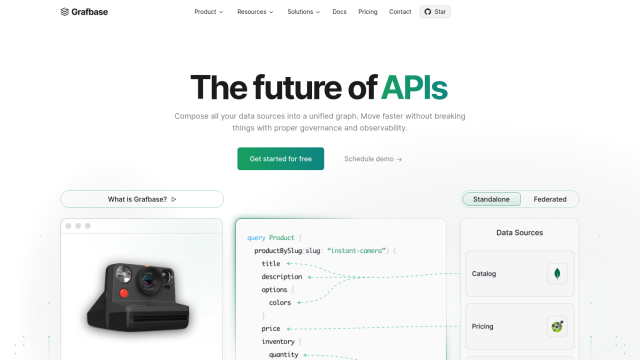
Grafbase
Another great option is Grafbase, a unified graph platform that lets you compose multiple data sources into a single graph, deployable at the edge or on-premise. It offers modern tooling for building and deploying GraphQL APIs, federation, advanced security, and edge caching. Grafbase supports a variety of tools and services, including OpenAPI, Shopify, and Salesforce, and offers a developer-first approach with a flexible pricing model.

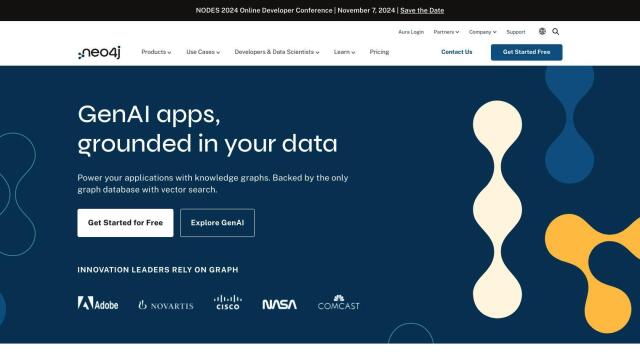
Neo4j
If you're looking for a more traditional graph database option, take a look at Neo4j. Neo4j is a graph data platform for connecting and analyzing complex data, with features like data science and machine learning support, vector search, and analytics. It's good for a variety of use cases, including knowledge graphs and real-time insights, and can be deployed in a variety of ways, including self-hosted, cloud-managed, and fully managed services.

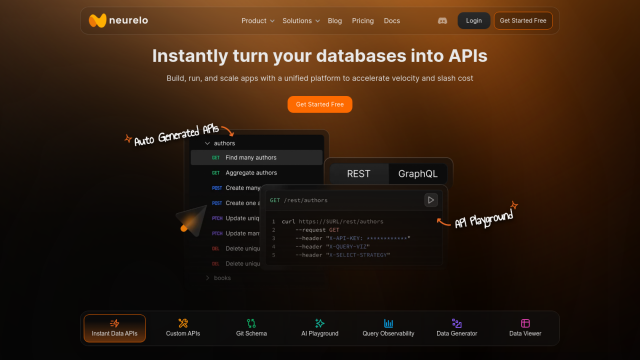
Neurelo
Last, Neurelo offers a cloud API platform that turns databases into APIs, supporting PostgreSQL, MongoDB and MySQL. With features like immediate auto-generated REST and GraphQL data APIs, AI-powered custom query APIs, and Schema as Code, Neurelo automates database-programming tasks and increases productivity.
